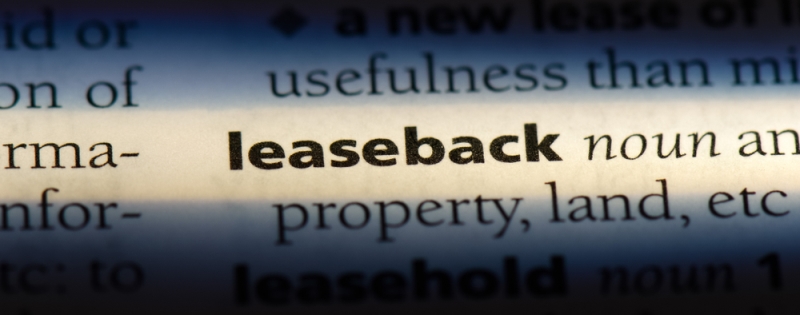Funding for growth, refinancing corporate debt, and merger and acquisition activities are top priorities for many private equity firms. A recent PwC report noted that 60% of CEOs plan to make at least one acquisition in the next three years. The report further explains that lower levels of M&A activity during 2023 created “pent-up buyer demand” moving into the current year. However, tapping into capital isn’t always easy when it is locked in assets.
“It’s quite inefficient for private equity firms to have capital tied up in real estate assets that aren’t earning for them,” says Tyler Swann, managing director, investments at W. P. Carey. “An alternative is doing a sale-leaseback, which provides a much lower cost of accessing capital than traditional financing methods.”
Understanding sale-leasebacks and their advantages can help private equity firms strategically manage growth funding, debt maturities and other capital needs.
The Advantages of Sale-Leasebacks
With traditional financing strategies such as mortgages, terms are often shorter and exposed to higher market volatility. Accessing capital can also be time-consuming, a challenge for firms that need to move quickly for acquisition deals. That’s not the case with sale-leasebacks, notes Swann.
“Sale-leasebacks are very flexible,” says Swann. “The processing time can be as short as 30 to 45 days between the initial call and the actual funding. It’s not unusual for us to get a call from a private equity firm saying, ‘We’re closing on a business in 30 days; can you be there to close with us as acquisition financing?’ And that’s something we can do.”
He explains that capital uses also have very few restrictions, with the most common purposes being acquisition financing, dividend payments, and refinancing maturing debt.
Misconceptions About Sale-Leasebacks
As private equity firms consider sale-leasebacks, questions often linger regarding who qualifies for this type of financing. Many believe that because their real estate is in a secondary or tertiary market, or their asset doesn’t have a huge value, they won’t qualify. But according to Swann, that’s not necessarily true.
“If you have a specialized manufacturing facility in a small market, you may think it won’t qualify because it’s not a high-quality warehouse in a market like Southern California,” says Swann. “Despite where an asset is located, if it’s profitable and contributing to the bottom line of a business, it could be a great candidate for a sale-leaseback.”
As the market progresses through 2024, Swann expects sale-leaseback activity to continue upward, partly due to M&A activity and its flexibility to tap into capital quickly.
“Every year, sale-leasebacks become a little more accepted in the private equity community as a source of financing,” says W. P. Carey’s Swann. “Ten or 20 years ago, corporate debt was by far the dominant option, but we continue to see an increase in sale-leaseback deals every year.”
Source: GlobeSt.



